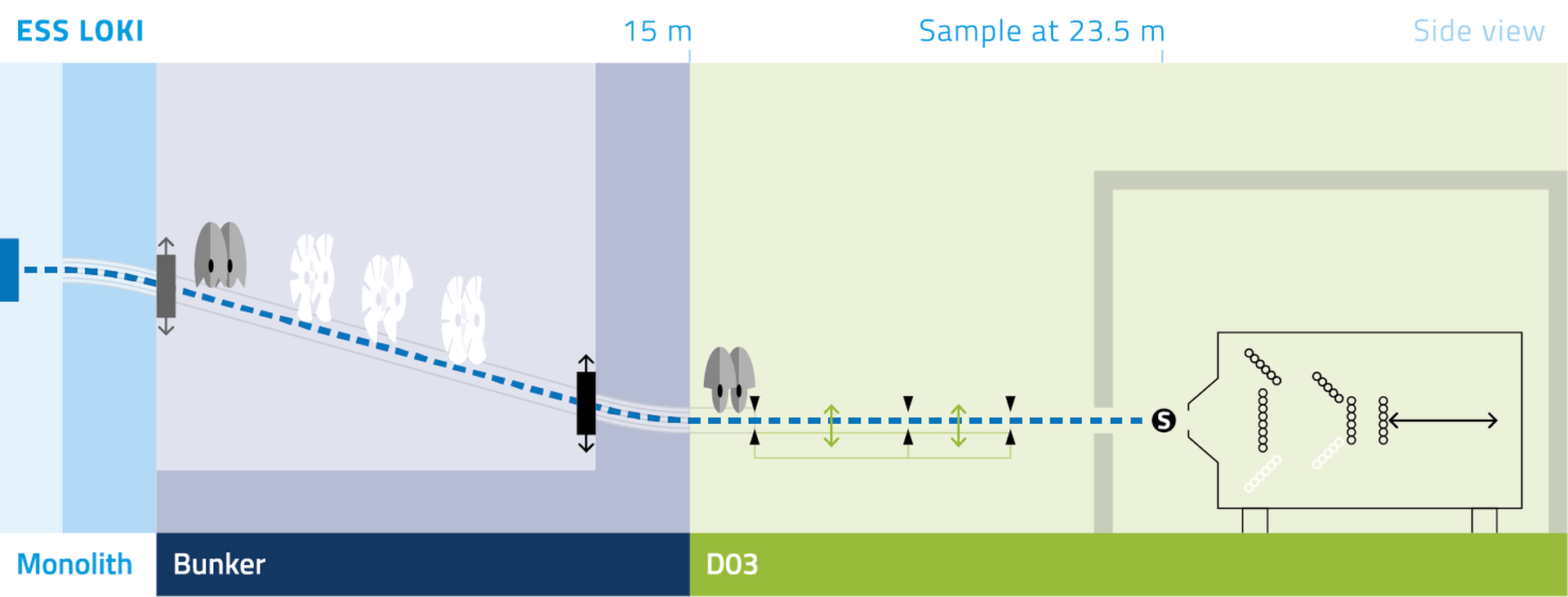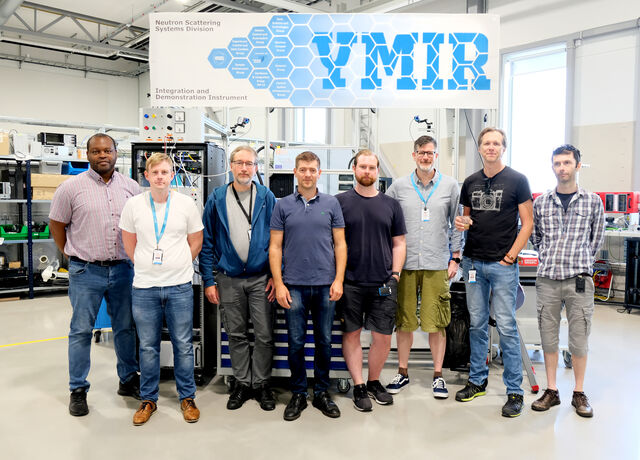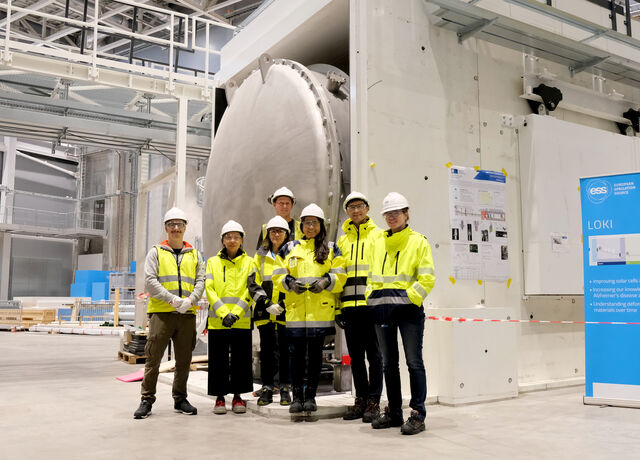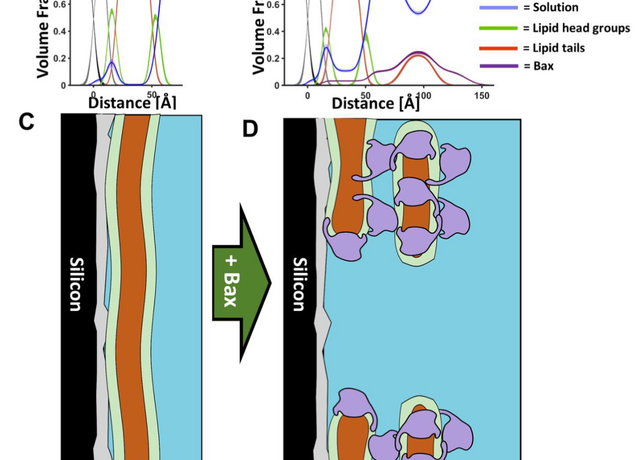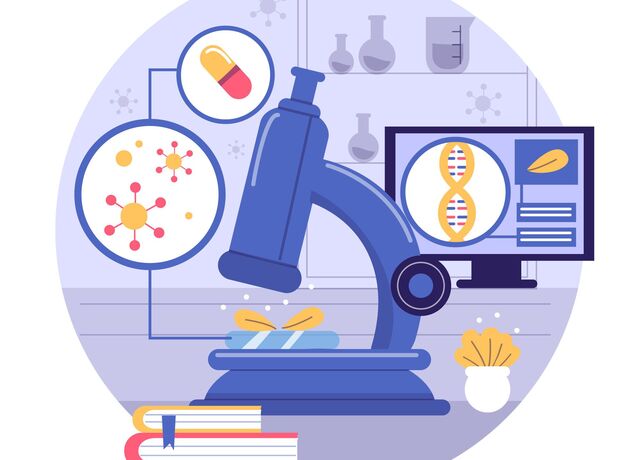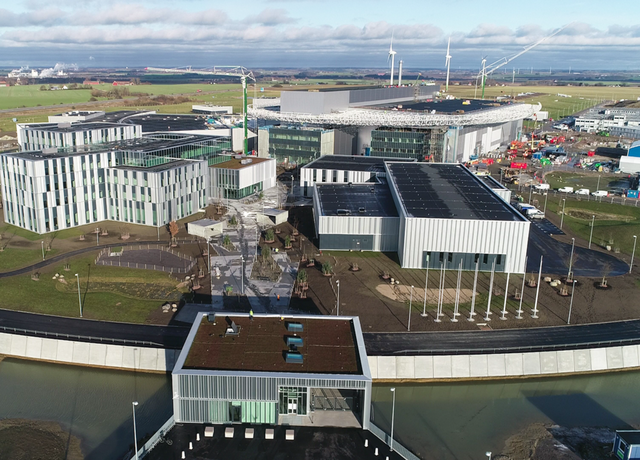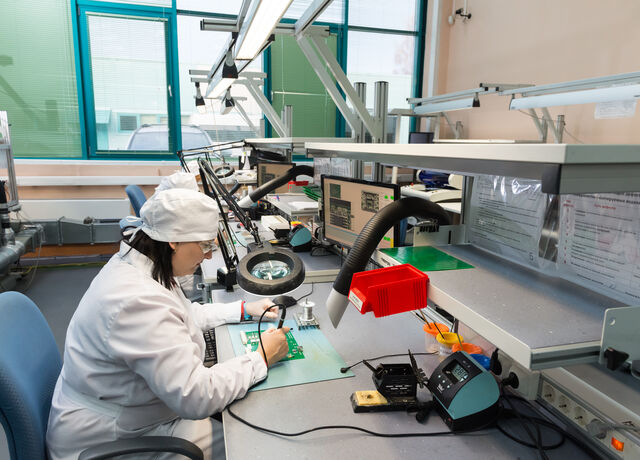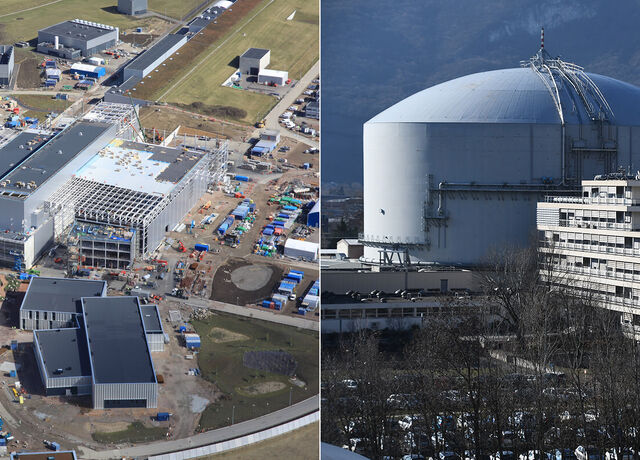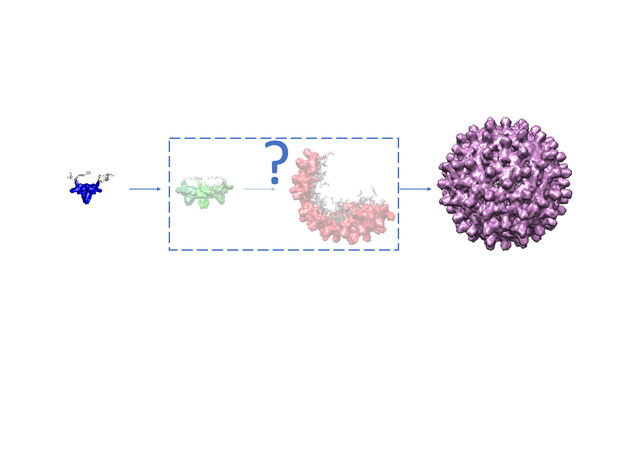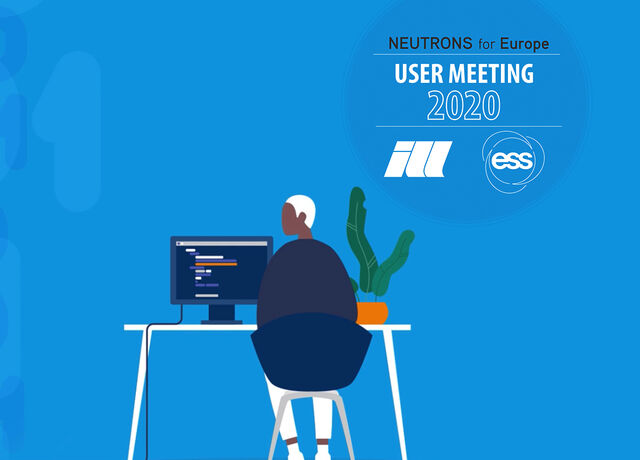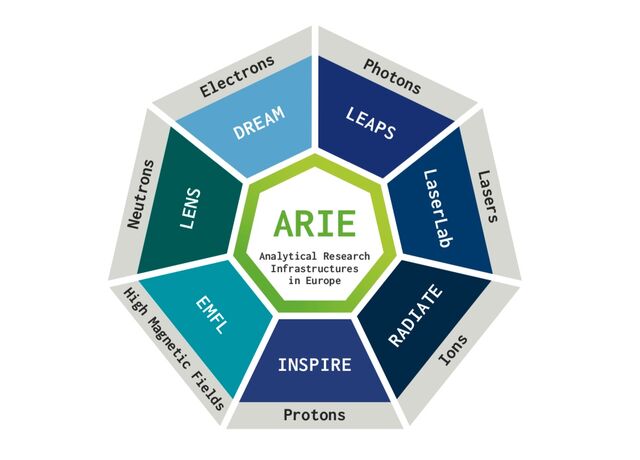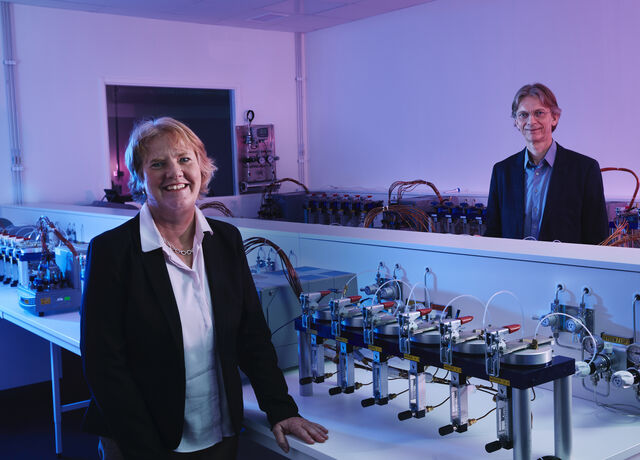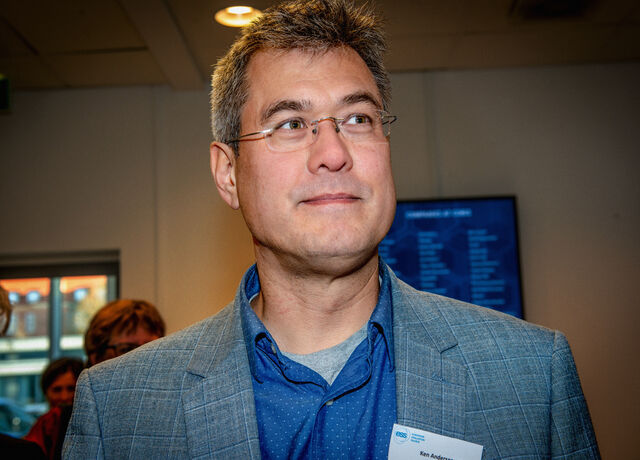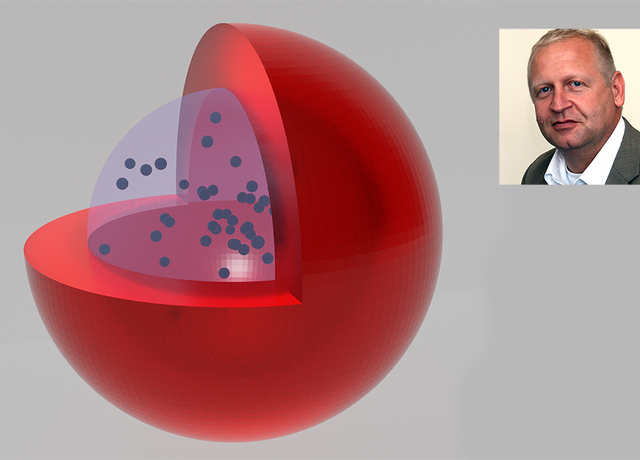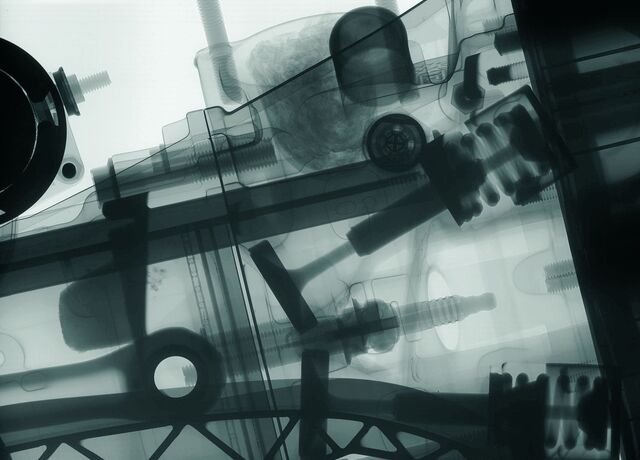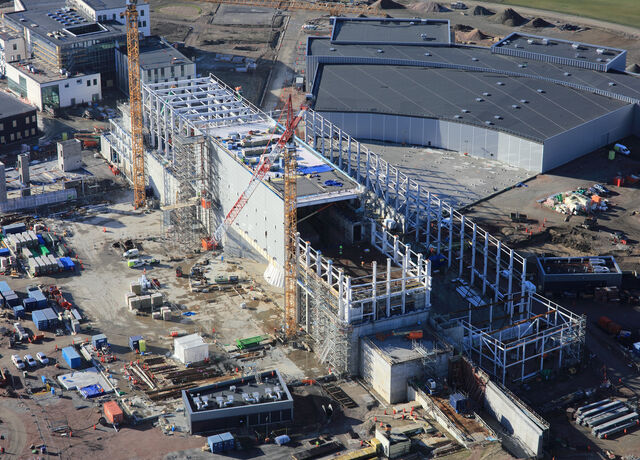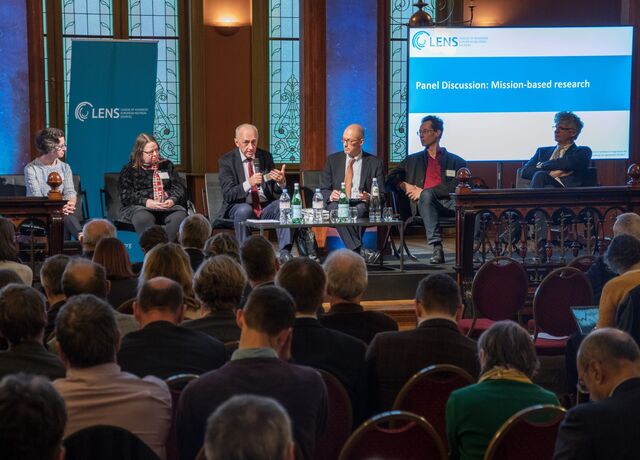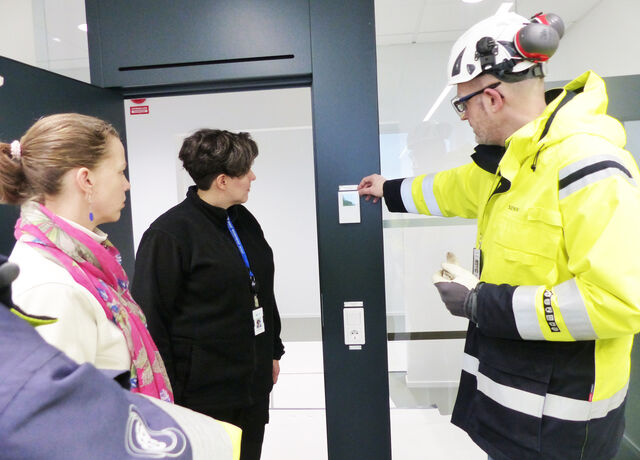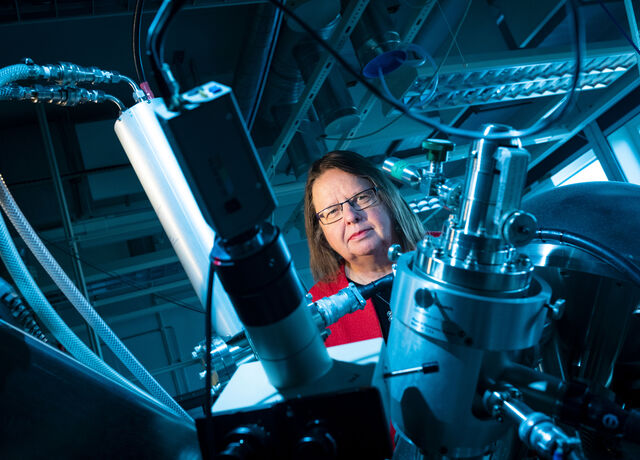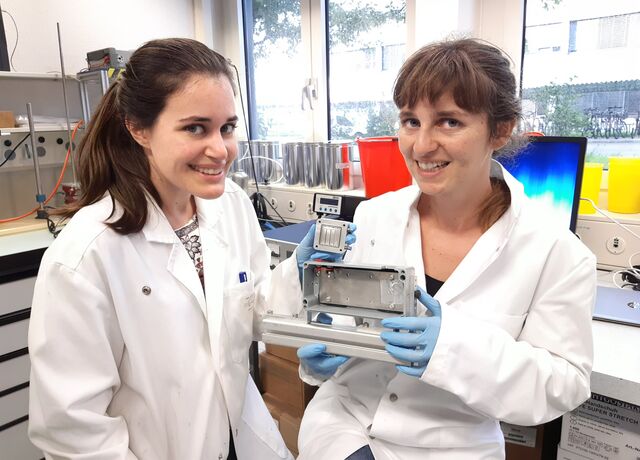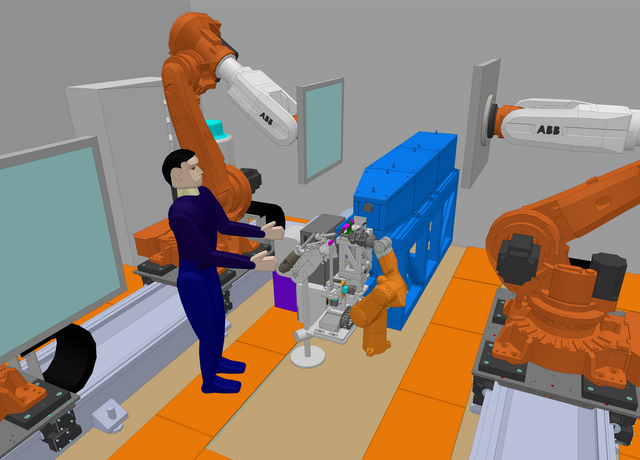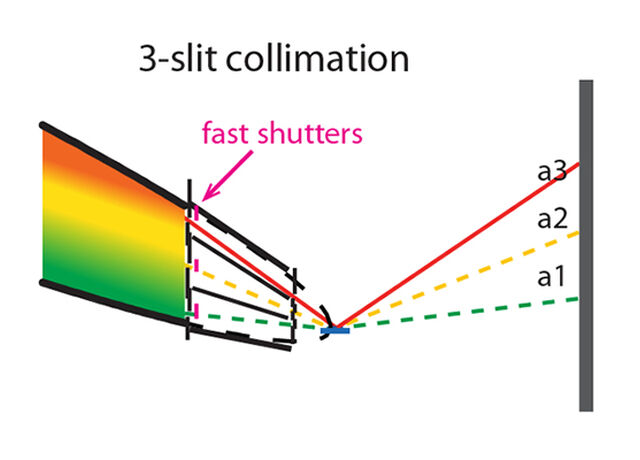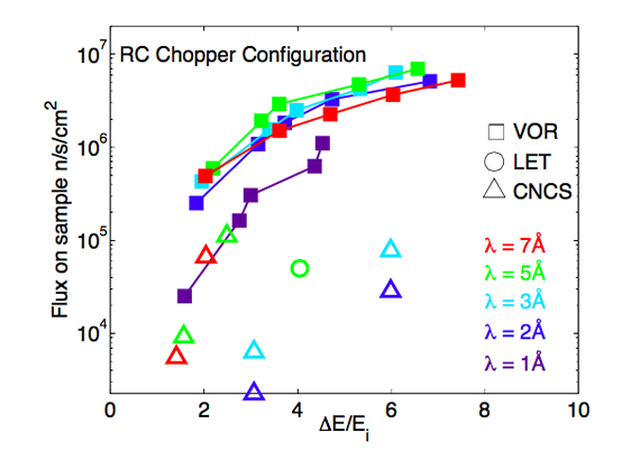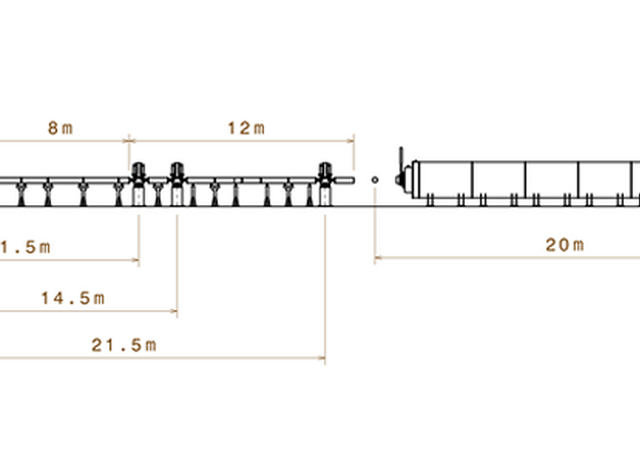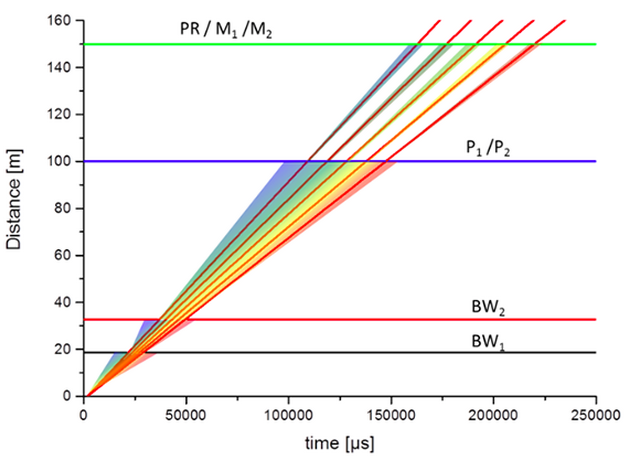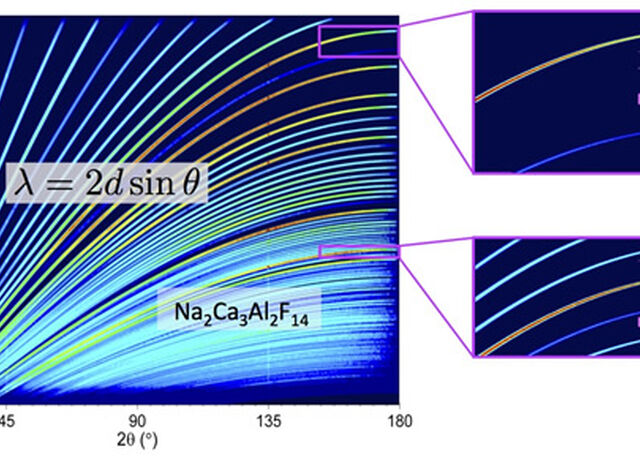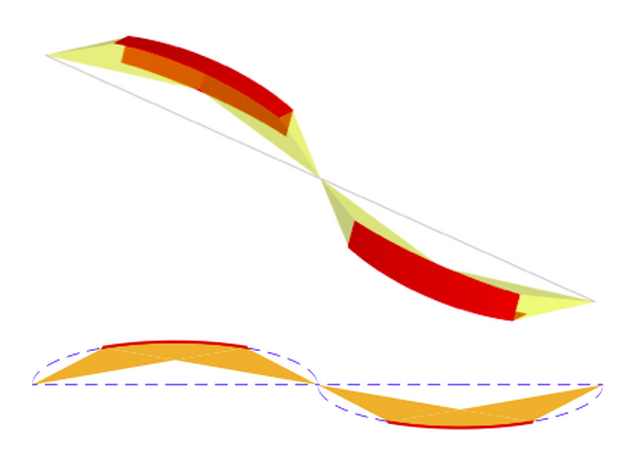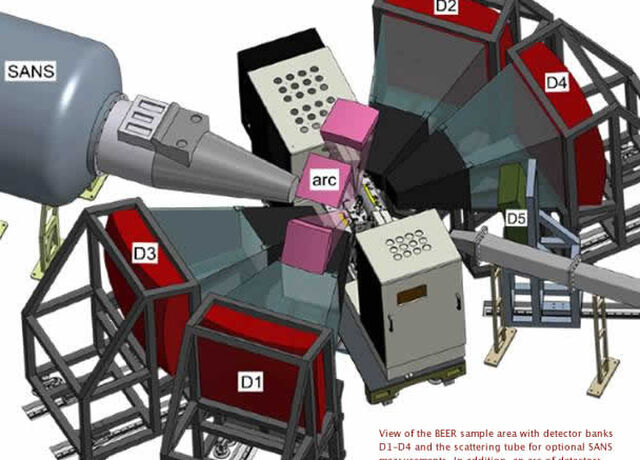LoKI
Broadband SANS
LoKI is a SANS instrument that will enable scientists to answer the challenging materials science questions of tomorrow in fields from health and aging, to sustainability and energy security. One of the first instrument concepts to be proposed and moved into construction, LoKI will be part of the early science programme at ESS.
Instrument Class
Beam Port
Lead Scientist
Lead Engineer
Small angle neutron scattering (SANS) is a technique that is applied across a spectrum of scientific disciplines, with users from chemistry, physics, biology, materials science, engineering and geoscience. LoKI is designed primarily with the needs of the soft matter, biophysics and materials science communities in mind and the trend in all of these fields is towards complexity and heterogeneity.
Complexity
Complexity manifests itself in the study of multi-component systems studied as a function of multiple environmental conditions (e.g. pressure, temperature, shear, magnetic field) simultaneously. In order to be able to examine the possible parameter space, a combination of faster measurements, measurements on smaller sample volumes, and measurements with good signal-to-noise is required.
Heterogeneity
Heterogeneity is seen both spatially and temporally. Spatial heterogeneity is manifested as different structure at different length scales, from the nanometre scale to the millimetre scale. This can be driven by applied stimuli such as shear, flow, electrical or magnetic fields, or by intrinsic structural features of the material. Examples of the former are shear banding in surfactant systems and the flow re-orientation of polymers. Examples of the latter are nano-composite materials, multi-component gels, and porosity in rocks. To address this spatial heterogeneity requires a wide Q range to examine the sub-micrometre length scales and small beams to examine the heterogeneity on the millimetre scale. Furthermore, since these heterogeneities are often driven by non-equilibrium conditions, the accessible Q range must be measured simultaneously. Temporal heterogeneity is seen in the form of stimulus-response experiments (e.g. shear relaxation), in the kinetics of formation of materials when the components of the material are mixed (e.g. mixed micelle formation) and in the growth of biomolecule aggregates such as fibrils. In order to examine these systems with sufficient time resolution a high neutron flux is required and a wide simultaneous Q range is needed.
Smaller Samples
Not only are the systems of interest becoming more complex and heterogeneous, but they are also becoming smaller in volume. Examples of this are the small amounts of protein complexes that can be purified and deuterated, thin film systems such as organic photovoltaics, and bio-mimetic or polymer membranes.
Not So Small Angles
The ability to reach Q values above the typical 0.8 to 1.0 Å-1 opens up significant areas of new science when combined with wide-angle scattering studies and the rapidly advancing fields of materials simulation. The study of, for example, ionic liquids and their ordering in the presence of solutes calls for the combination of SANS, wide-angle scattering and atomistic or coarse-grained molecular dynamics simulations. The analysis techniques used in biological solution scattering, such as ab-initio shape reconstruction, require data out to high Q as do studies of nano-composite materials where the size of the particles or domains may be only a few nanometres.
LoKI is the shorter of the two SANS instruments being built at ESS. The sample position is located at 23.5 m from the source and the maximum sample-to-detector distance is 10 m.
The initial chopper system consists of four choppers in two pairs with variable phasing, and operating at 14 Hz or 7 Hz (“pulse-skipping”), to control the neutron spectrum delivered to the sample. These parameters provide for a wide wavelength bandwidth of up to 20 Å when the instrument is operated at 7 Hz.
The detector system on LoKI is designed to cover a wide, and as continuous as possible, angular coverage. The initial scope provides for 0 to 45 degrees in scattering angle (theta) and 0 to 180 degrees of azimuthal angle coverage (phi).
The combination of the wide bandwidth and detector coverage gives access to the wide simultaneous Q-range required for the study of non-equilibrium and multi-scale structures.
Sample Environment
LOKI will have access to the common pool of sample-environment equipment provided by ESS.
Andersen, K. H. et al. The instrument suite of the European Spallation Source. Nuclear Instruments & Methods in Physics Research Section a-Accelerators Spectrometers Detectors and Associated Equipment 957, 39, doi:10.1016/j.nima.2020.163402 (2020).
- A. Jackson et al. "LoKI - A Broad Band High Flux SANS Instrument for the ESS", Proc ICANS XXI (2016) DOI:10.11484/jaea-conf-2015-002
Jackson, Andrew et al. (2014) "ESS Construction Proposal : LoKI - A broad-band SANS Instrument", ZENODO, DOI:10.5281/zenodo.13302
Lead Scientist
Judith Houston, ESS
Lead Engineers
Kevin Jones, STFC, UK
Jim Nightingale, STFC, UK
Installation Package Leader
Clara Lopez, ESS
Scientist
Richard Heenan, STFC, UK



























